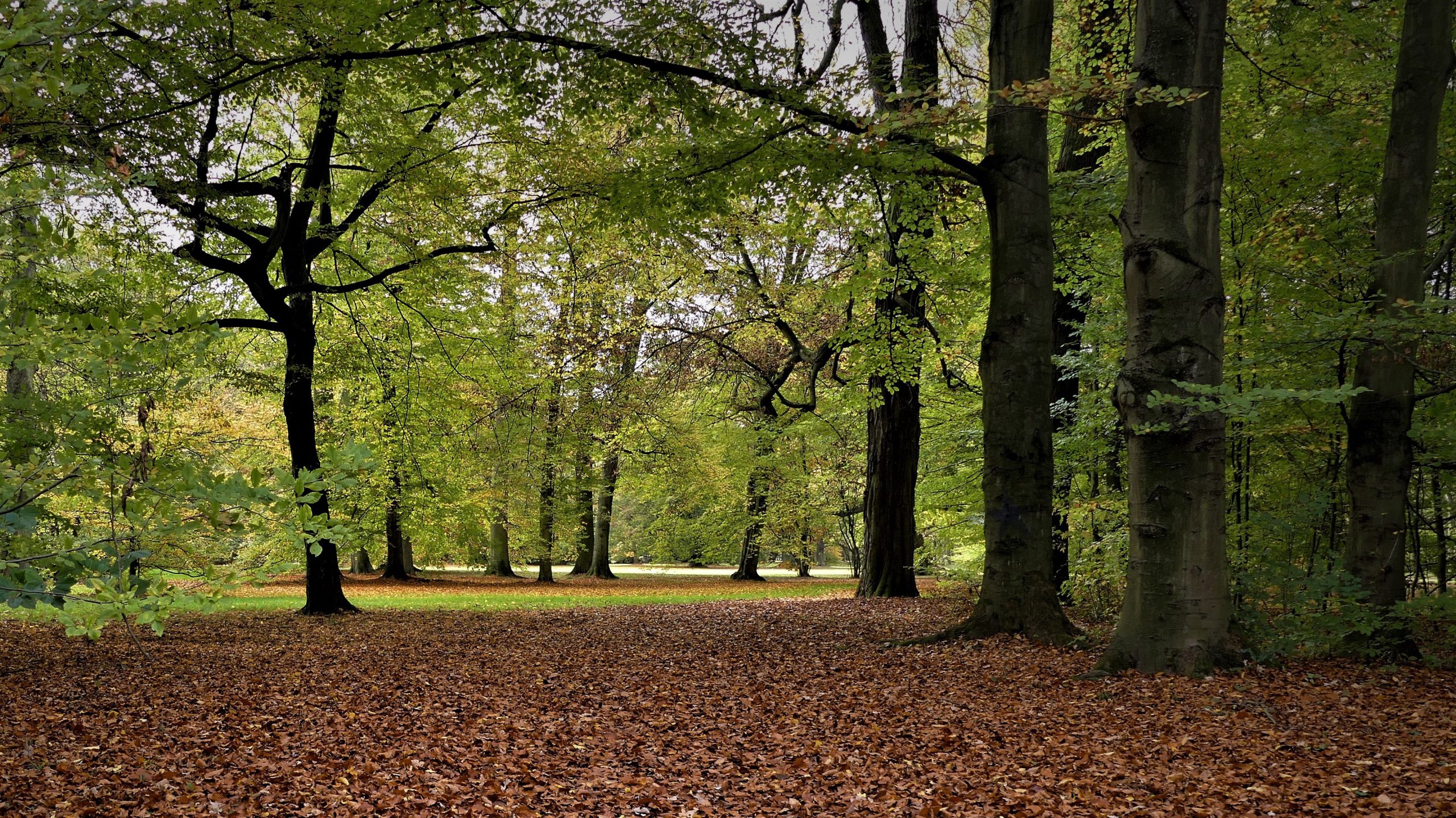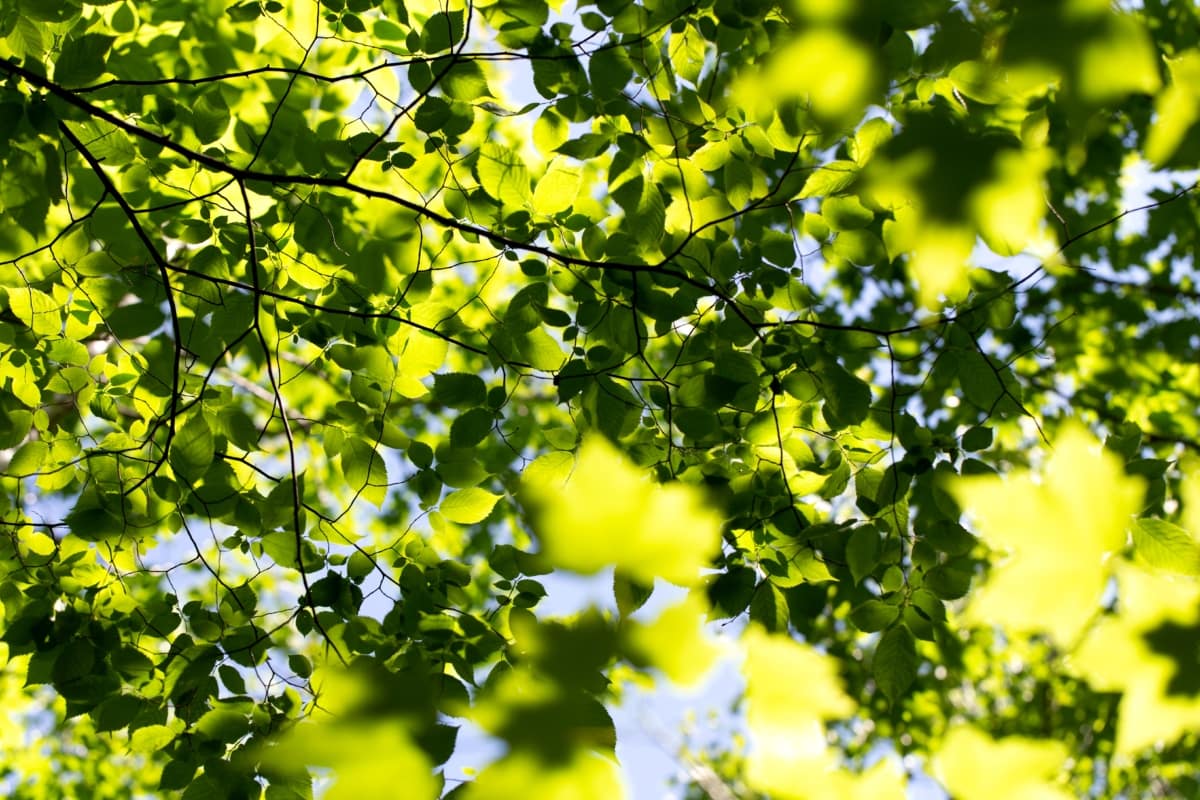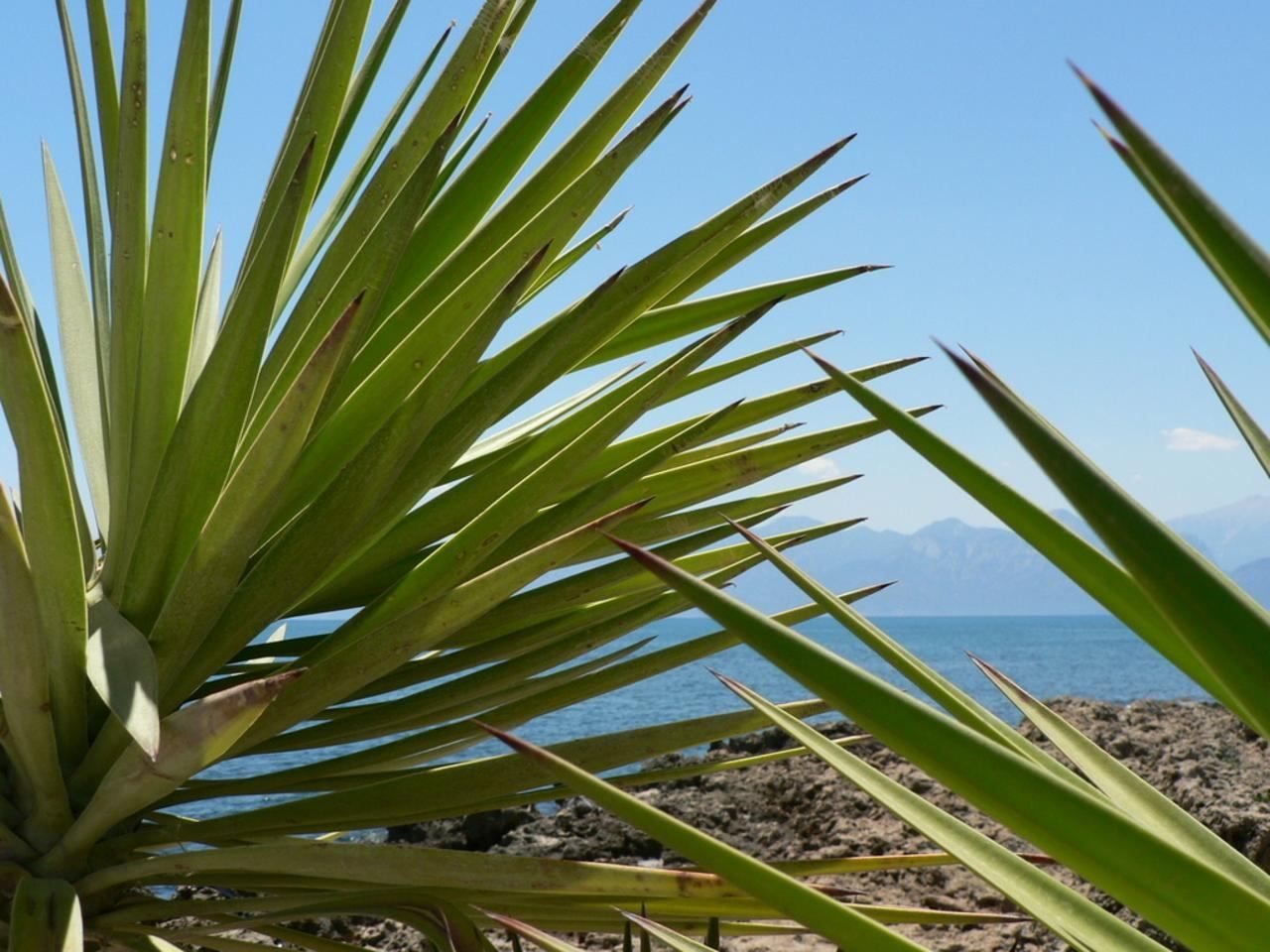
In school and institute I remember that every time I asked Why the plants are greenThey answered me almost always the same: because they have a pigment, chlorophyll, which gives them that color. And it is so, according to botanists. But ... I've always had the question of knowing more, what about you?
As well. Fortunately, botanists are (still) more experts in the field, and have been able to find out a little more about this topic. This is what they have discovered so far.

Photosynthetic organisms, that is, those that transform the sun's energy into food and use it to grow, such as plants but also bacteria, are of a specific color. But they have that color for a reason: when they receive the light of the star king, it enters the chlorophyll molecules of a single color. In this way, they can automatically protect themselves from changes in sunlight.
In the specific case of plants, These have the green color because for them that is the color range of the solar spectrum that they absorb, the only one that is really suitable, thus avoiding burns.
This explains why a plant that is exposed to the sun for the first time suffers damage: the cells in charge of absorbing the sun's energy are not prepared for it, thus requiring a process of 'learning' and adaptation, something they will do whenever genetically necessary. that light to grow; that is, for example a fern, which lives in shade, will never be able to get used to living in a sunny area.

But there is still more. According to the researchers, plants have developed their own UV protector. As we know, prolonged exposure to UV rays can cause burns and even skin cancer, plants can also be harmed: excessive loss of water that would lead to dehydration, burns, and in more serious cases, death.
To avoid this, curiously, they also photosynthesize. In order to make it easier to understand, it could be compared to what happens when you water a pot that is filled with a very dry and compact substrate. In these situations, the water that comes out of the drainage holes in the pot is considerably higher than it would if that same soil were able to absorb it.
If during the photosynthesis, just like when watering a very compact soil, the flow of solar energy towards the leaves is greater than the cells in charge of absorbing it, they will have to adapt as quickly as possible to adapt and thus reduce the impact of this overflow of energy from the sun. If you don't, the plant will somehow try to expel that energy, thus suffering what is known as oxidative stress, which will damage the cells.
Interesting, isn't it?
Would you like to read the study? Click here.